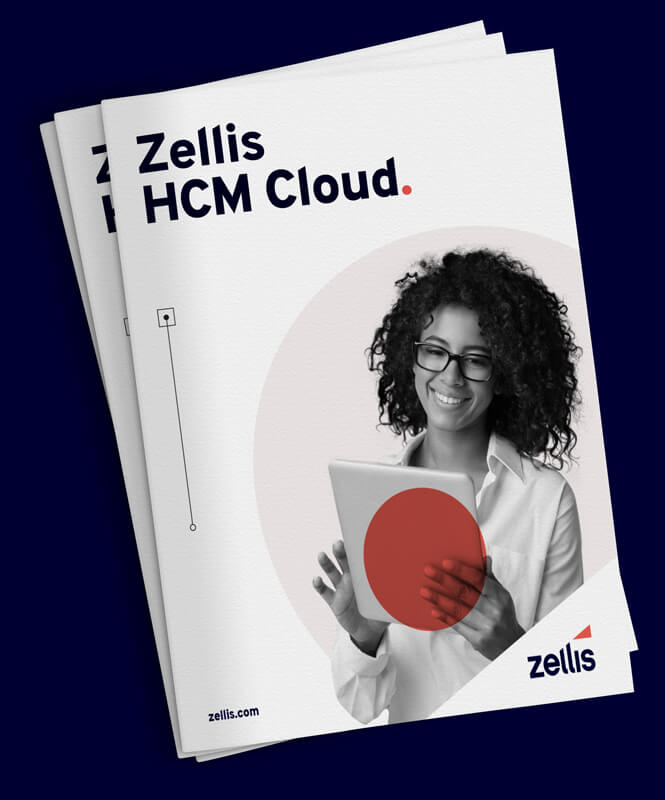In most organisations, payroll holds the largest, most accurate, and often (sadly) the most underutilised source of people data in the business.
This makes it difficult to analyse how common payroll issues correlate with important HR considerations; for example, how the number of overtime hours worked, might correlate with employee fatigue or a loss of productivity.
Much of this data is kept in old systems, even manual spreadsheets, that can’t be integrated with other HR and business tools. It means there is no single source of truth for detailed workforce insights.
Help is at hand, however. It is becoming much easier to solve these problems. Leading payroll and HR providers, including Zellis, are developing cloud-based systems which can integrate with a wide range of third-party applications, developing an Intelligence Platform that unlocks analysis of all connected data in a single place.
This makes it possible to produce reports for audit and compliance purposes and to offer strategic insights to leadership teams. It also enables information and trends to be displayed and monitored using intuitive dashboards.
So in what other ways can analytics and reporting software unlock the value in your payroll and HR data?
Here are three suggestions:
1. Helping to attract and retain talent
At a time when the ‘Great Resignation’ is fuelling widespread skills and labour shortages, getting a handle on which factors are contributing to staff retention and attrition is vital.
In practice, this means analysing payroll and HR data to understand whether a correlation exists between issues, such as salary, rewards and benefits and employee engagement, performance and turnover. It is possible to get even more specific by adding criteria, including age, job function and location.
By having these insights to hand, it becomes possible to tailor and adapt your employee value proposition to ensure you attract and retain the best talent possible.
2. Supporting workforce planning
Analysing payroll and HR data is not just useful in addressing current staffing challenges but also in informing future decision-making.
For instance, by evaluating factors, such as average salary, together with how much overtime is being worked, it becomes possible to compare the potential cost of hiring more people, versus maintaining the status quo.
Reporting and analytics tools make turning the insights from required gender pay gap reporting into action – helping you stay on top of legislation while creating forecasts and strategies for the future.
This kind of information is invaluable in supporting business leaders to take both timely, well-informed action and ensure costs are managed effectively.
3. Improving accuracy and minimising errors
Analytics tools have an important role to play in helping improve payroll performance and minimise unnecessary costs by identifying error trends and patterns.
With a clear overview of data, HR professionals can understand where such errors are occurring, and their frequency. In larger organisations, even a small percentage of payroll errors can amount to massive operational issues and serious impacts for individuals.
A clear view of data helps businesses prevent avoidable costs, by tracking employees who risk falling below the national wage, as just one example.
No matter how data-rich your organisation, or how digitally literate your team, improving the visibility, power and accuracy of your data can have a huge impact on your business.
For more information about how reporting and analytics tools can help you unlock the value in your payroll and HR data, get in touch.















